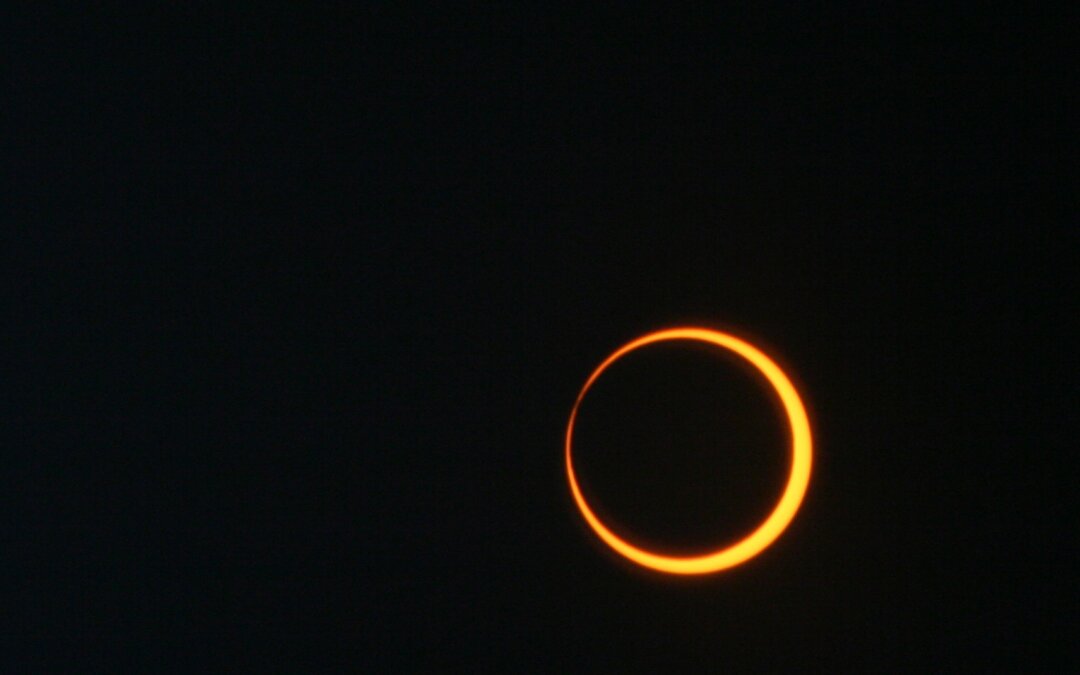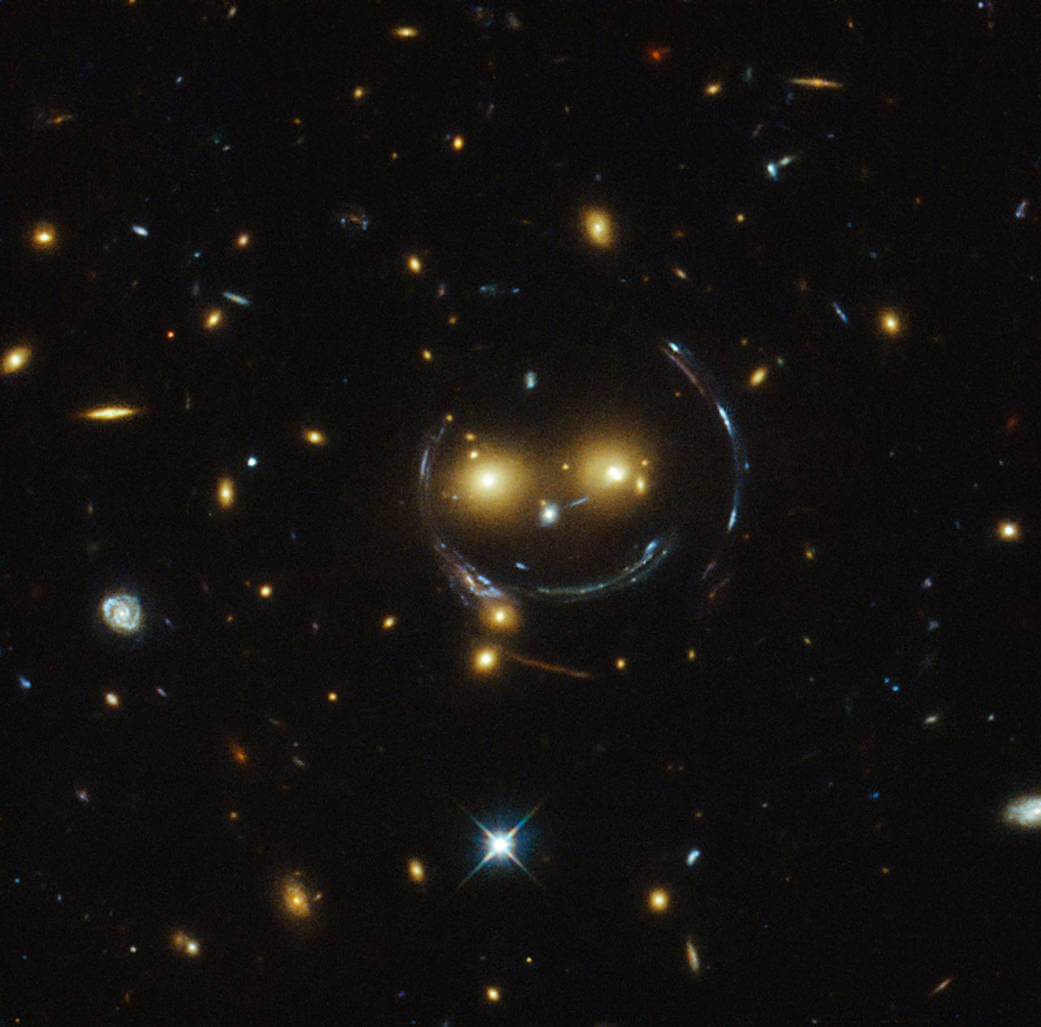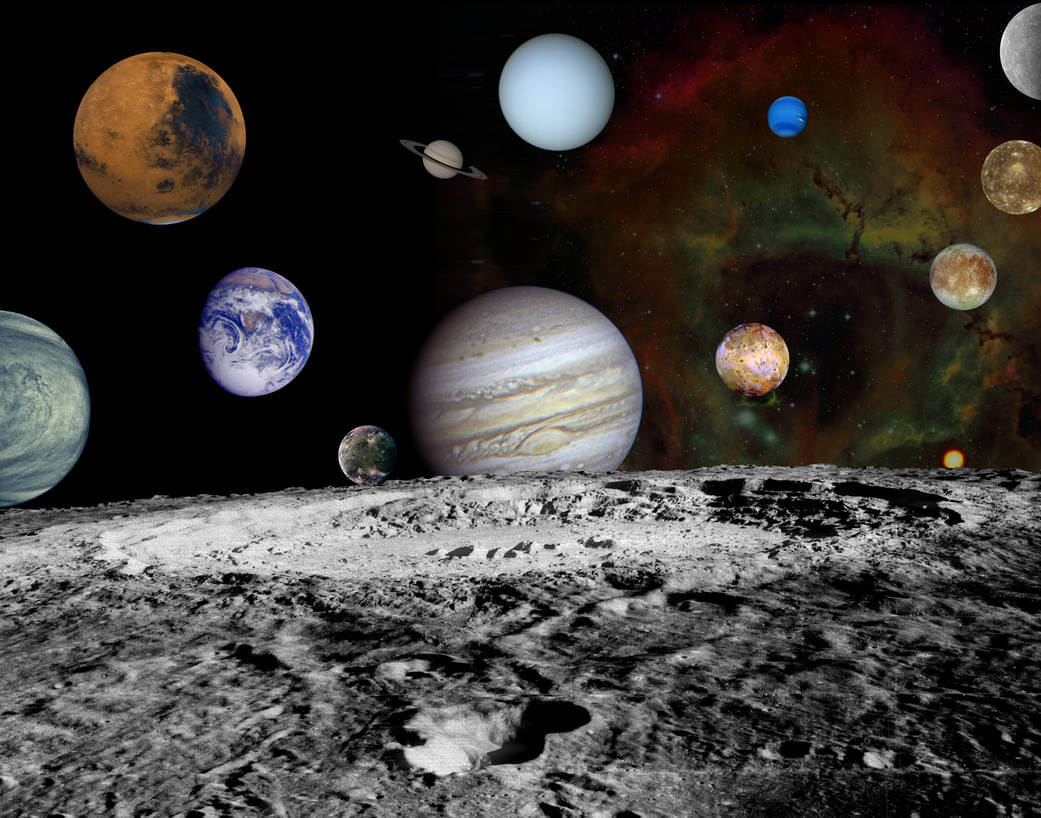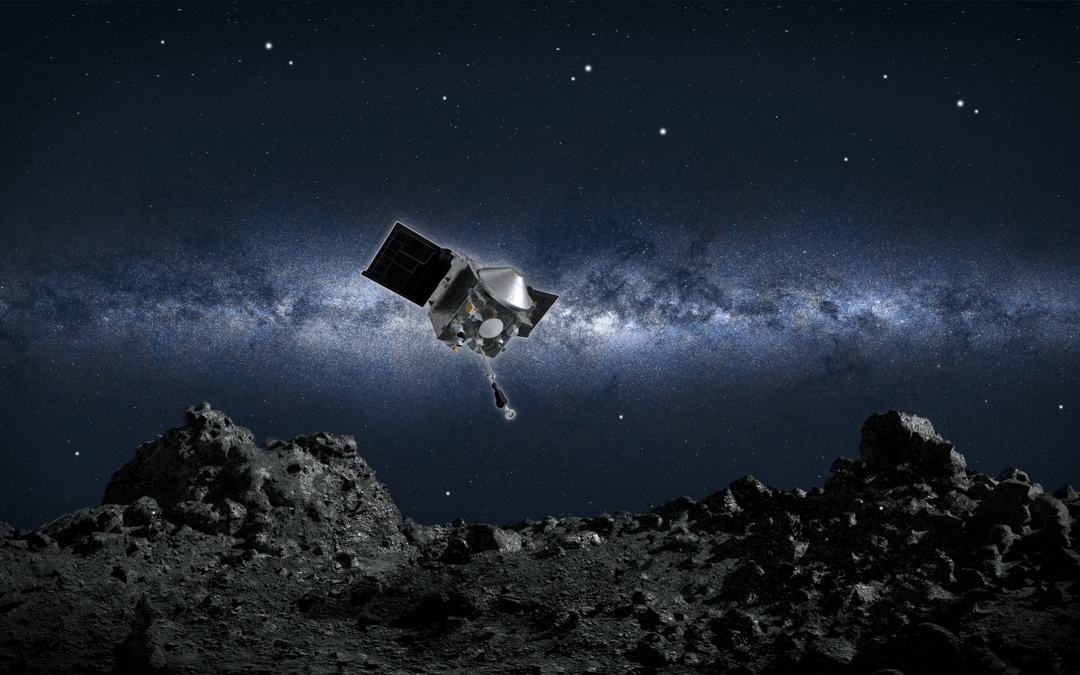Asteroid Day, when the astronomy community raises awareness of asteroids near Earth, is coming up on June 30 to mark the anniversary of the largest asteroid “impact” in recorded history – the Tunguska event of 1908. This year, the solar system is playing along this month by delivering more than one near-Earth asteroid flyby. Asteroid 1994XD just flew by Earth, and a second asteroid, named 2020DB5 will be passing by on June 15.
Both 1994XD and 2020DB5 are considered potentially hazardous asteroids (PHAs), meaning they come within 7.5 million km (4.6 million mi) of Earth and are larger than about 140 meters (640 feet) across. Astronomers keep a careful eye on these objects as part of Planetary Defense efforts to protect Earth from collisions, but they need your help to do it!
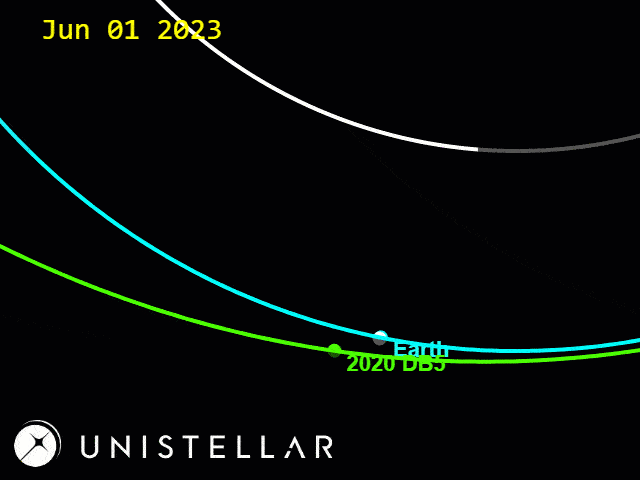
The orbit of potentially hazardous asteroid 2020DB5. Credit: Tony Dunn.
2020DB5 will be visible from June 9 to June 18, and it will pass about 11.5 lunar distances at its closest approach (one lunar distance is about 385,000 km or nearly 240,000 mi, the distance between Earth and the Moon). The 500 m (1,640 ft) diameter asteroid won’t pose any immediate danger to Earth, but we don’t have all that much information about the asteroid right now.
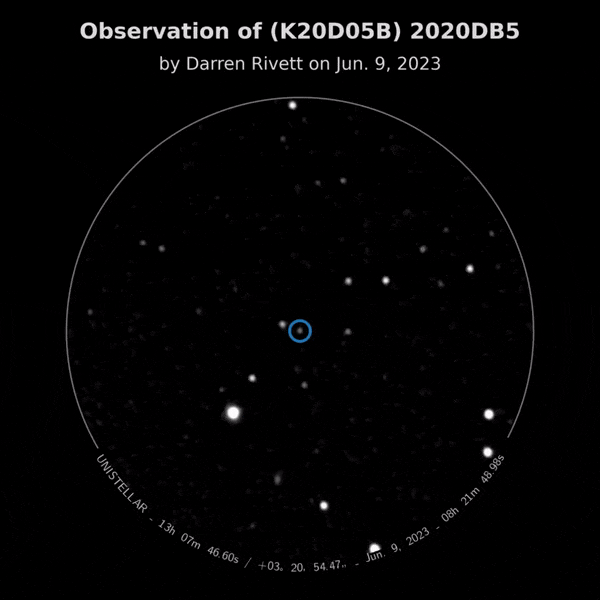
Observers are already hard at work turning their telescopes towards this asteroid! Above is an observation of PHA 2020DB5 from citizen astronomer Darren Rivett (Australia).
Scientists are hoping to gather more observations of 2020DB5 to better understand its rotation period, or how long the asteroid takes to spin on its axis. The asteroid’s rotation period is not known at the moment. By observing 2020DB5’s light curve, which shows how light reflected from the asteroid changes over time, astronomers should be able to deduce vital information about how it moves.
Your observations can play a role in finding that light curve! Observe 2020DB5 while it’s visible in June and submit your citizen science observations. If you’re in the Northern Hemisphere, it’s best to make your observations earlier in the month, as the asteroid will be moving into the southern skies towards the end of June. Visit our Tutorial page to learn how to observe asteroids in Planetary Defense mode, and check out the Missions page to learn how to observe PHA 2020DB5 specifically!
Further readings
3 Reasons to observe this month
On Jupiter: Imagine moons casting their shadows on a giant planet. Right now, Jupiter’s moons offer an exceptional show: eclipses visible even from urban areas. Each time a moon passes in front of the Sun, it creates a shadow that dances across Jupiter’s surface. Check our dedicated article to catch every passage of Io, Europa, or Ganymede.
Unistellar Community Included In Multiple Scientific Papers
Did you know Unistellar Citizen Astronomers are often cited in published scientific papers? Find out how you can contribute too!
When Is the Next Solar Eclipse, and How to Observe It With a Unistellar Telescope
An annular solar eclipse is visible from the Americas on October 14. Learn how to witness the Ring of Fire with your Unistellar Telescope!
Halloween Observing Guide: Spooky Deep-Sky Objects
These Halloween deep-sky objects will add some light to those dark, spooky nights. Treats, tricks, and telescopes await!
How Big Is the Solar System?
If the Sun were the size of a basketball, do you know how big the Earth would be? Find out how big the Solar System really is!
See OSIRIS-REx, NASA’s First Asteroid Sample Return Mission, as it Drops off Pieces of Asteroid Bennu
NASA's first asteroid return sample mission, OSIRIS-REx, is headed back towards Earth with precious cargo. Join us in observing it Sept. 24!


